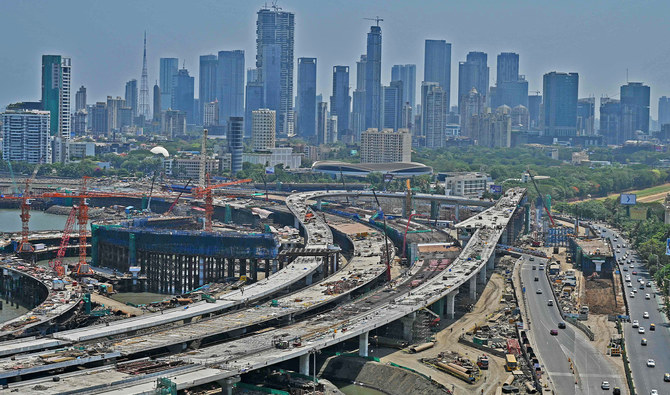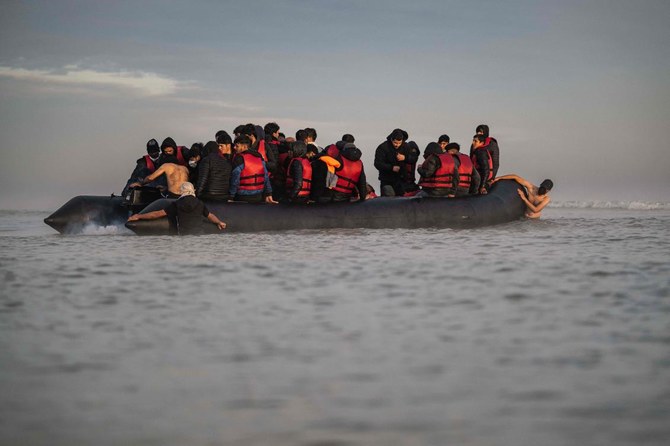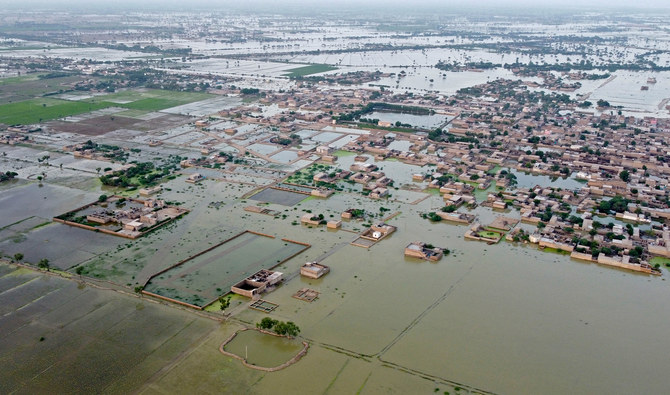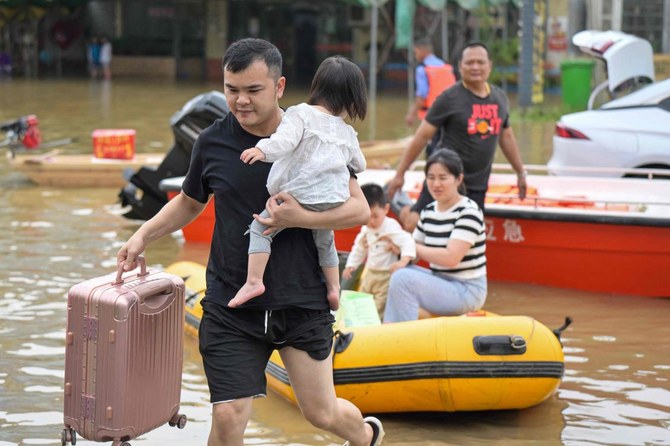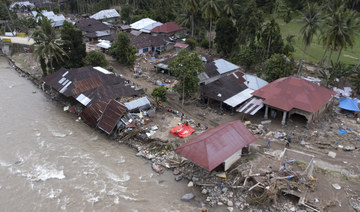NEW DELHI: India's economic growth accelerated to 6.1% in the March quarter, government data showed on Wednesday, boosted by government and private capital spending even as private consumption remained sluggish.
Wednesday's reading showed India remains one of the fastest growing emerging economies, especially with China's recovery stumbling.
The government expects growth could remain around 6.5% in the current fiscal year, despite risks emerging from a global slowdown.
"The risks are evenly balanced between the downside and the upside," V. Anantha Nageswaran, chief economic adviser at the finance ministry, told reporters after the data release.
He said indicators such as auto, steel, and power consumption for April showed a pick-up in activity and sustained growth momentum.
Asia's third-largest economy expanded faster than the forecast of 5.0% by economists in a Reuters poll in the last quarter of the 2022/23 fiscal year through March, up from a revised 4.5% in the previous quarter.
The full-year growth estimate was revised to 7.2% from an earlier estimate of 7%. India's economy grew 9.1% in 2021/22.
Economists, however, warned that the global slowdown and volatility in financial markets pose a risk to exports and the growth outlook in coming quarters.
"The growth outlook is (not) without risks - particularly in regards to the monsoon progress and recession risks globally," said Sakshi Gupta, economist at HDFC bank.
She added growth numbers, however, reflected optimism for the Indian economy despite global headwinds.
The Reserve Bank of India (RBI) has raised its benchmark repo rate by 250 basis points (bps) since May last year and economists expect it to leave the rate unchanged for the rest of 2023 as it waits to see the impact of earlier hikes.
The manufacturing sector, which for the past decade has accounted for just 17% of the economy, expanded 4.5% year-on-year in the March quarter, compared with a revised 1.4% contraction in the previous three months.
Forecasts for normal monsoon season rains in the next four months could support the farm sector, which grew 5.5% year-on-year in the March quarter compared with an upwardly revised 4.7% in the previous quarter.
UNEVEN RECOVERY
Private consumption, which accounts for nearly 60% of the economy, grew 2.8% year-on-year compared with a revised 2.2% in the previous quarter, while capital formation, an indicator of investment, rose 8.9% from a downwardly revised 8%.
Federal government spending, constituting about 10% of GDP, rose 2.3% year-on-year in the latest quarter, compared with a revised 0.6% contraction in the previous quarter.
Prime Minister Narendra Modi, who remains popular after nine years in power, has stepped up capital spending in the past few years to build roads, railways, and new airports to revive the economy after the pandemic.
Economists said the world's most populous country needs to grow by between 7% and 8% a year and build a strong manufacturing base to create jobs for millions of workers. Currently, 45% of India's workforce is employed in the farm sector, which contributes just 15% to the economy.
The lack of well-paying jobs remains a major issue among the youth, as reflected in the unemployment rate rising to 8.1% in April, as more people joined the workforce, according to the Mumbai-based think tank Centre for Monitoring Indian Economy.



